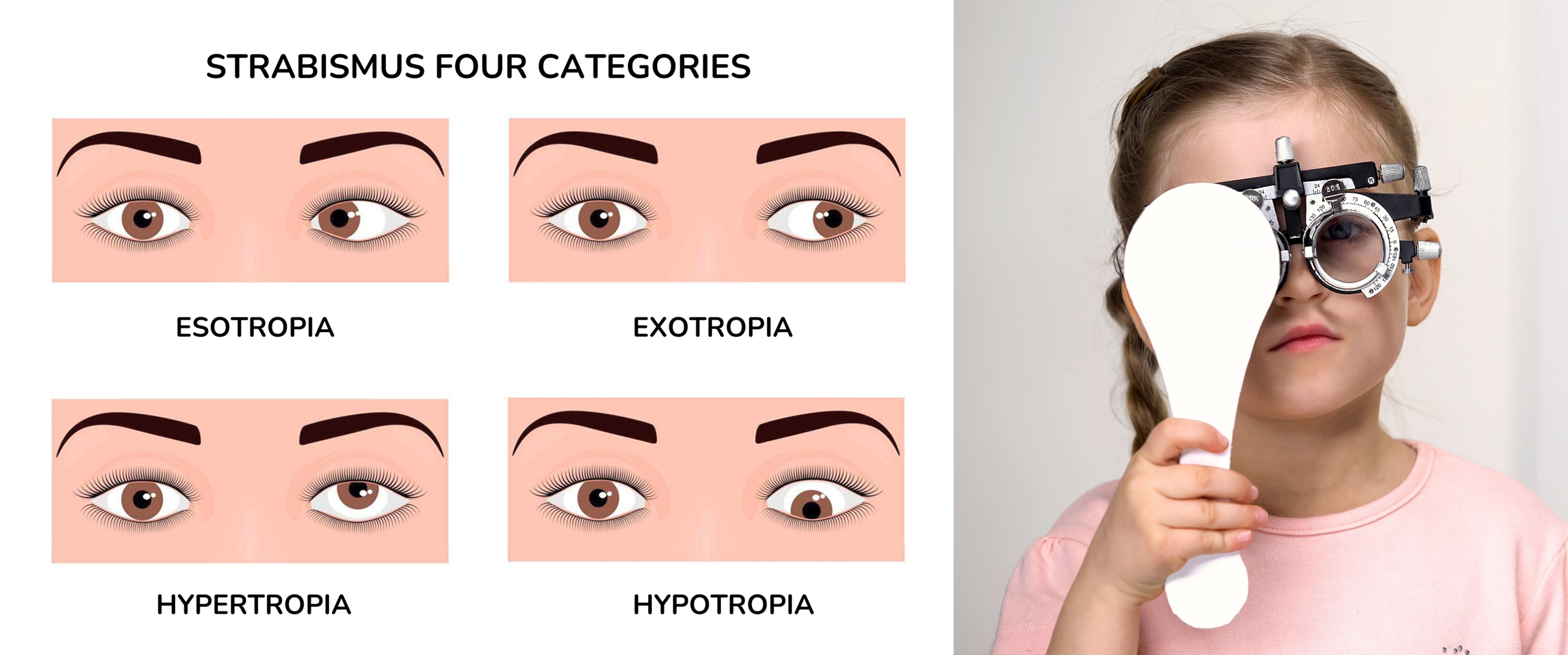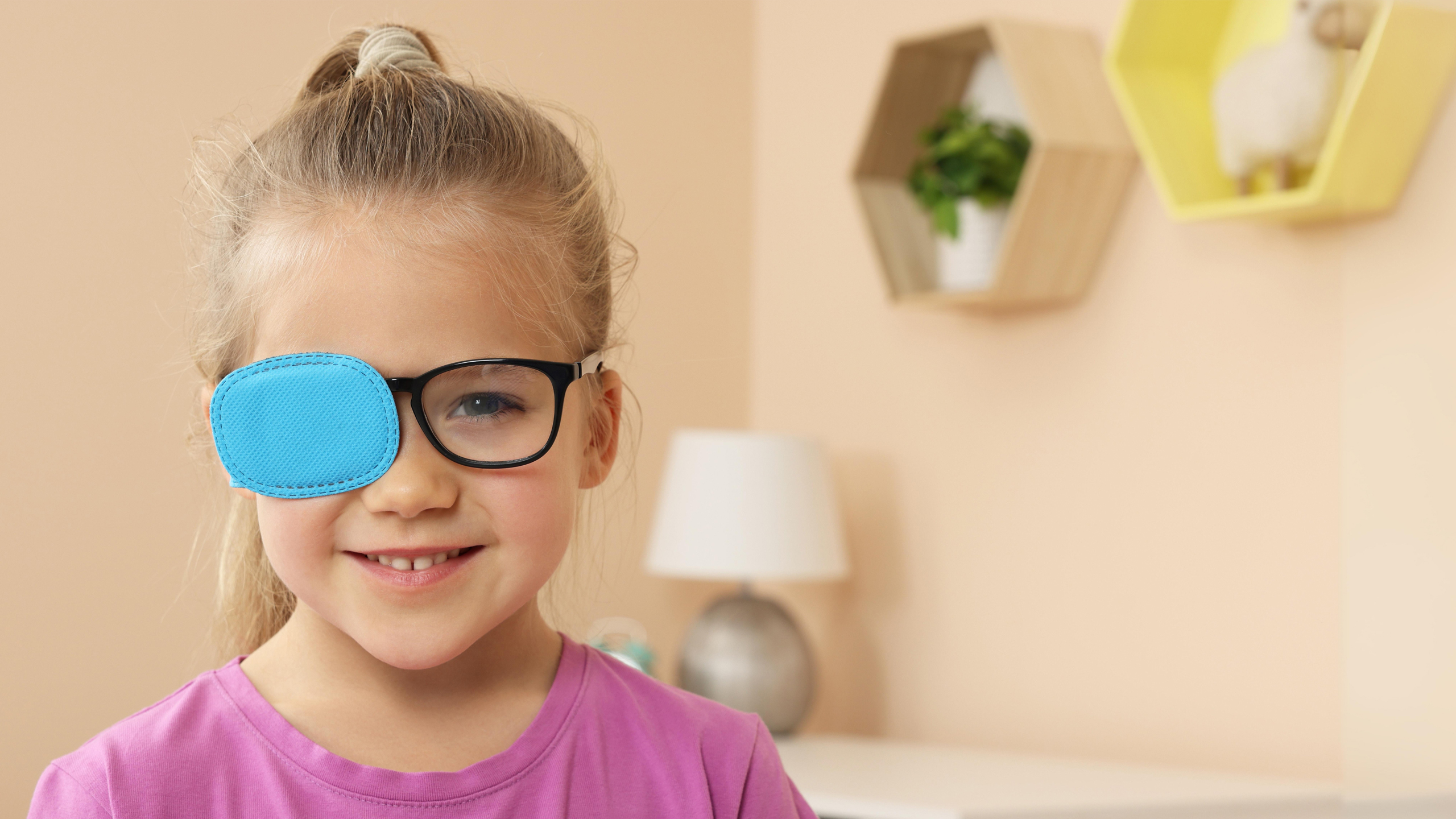Childhood strabismus.

In-Depth Understanding and Treatment Strategies
⏱️ 03:15 READING TIME
What Is Childhood Strabismus?
Childhood strabismus, commonly known as “crossed eyes,” occurs when a child’s eyes do not align correctly, pointing in different directions. This condition can be due to the ongoing development of ocular muscles in young children, as well as a variety of other causes.
Common Causes of Strabismus in Children
The causes of strabismus can vary widely. In some cases, it is present from birth (congenital strabismus) and may be due to hereditary factors. Other causes may include muscle imbalances, neurological complications, or refractive problems such as hyperopia. In rare cases, strabismus may indicate more serious medical conditions.
Classification of Strabismus
Strabismus is primarily classified into four categories:
- Esotropia: where the eye deviates inward.
- Exotropia: characterized by an eye that deviates outward.
- Hypertropia: an eye that looks upward.
- Hypotropia: an eye directed downward.

Symptoms and Signs to Observe
The symptoms of strabismus can vary. The most evident is the abnormal alignment of the eyes. Other symptoms include:
- Photophobia or sensitivity to light.
- Excessive blinking.
- Double vision (diplopia).
- Frequent tilting of the head to compensate for double vision.
- In more serious cases, dizziness and difficulty in orientation.
Treatment Options for Strabismus
- Corrective Glasses: Often used to correct underlying refractive problems.
- Patching or Occlusion: This technique involves covering the dominant eye to stimulate the use of the weaker eye.
- Orthoptic Exercises: This is a form of ocular physiotherapy aimed at improving coordination and muscle control of the eyes.
- Surgical Intervention: In more complex cases, surgery may be necessary to restore proper eye alignment.
The Role of Psychological and Social Support
Psychological support is essential for children with strabismus. It is important to reassure the child about the effectiveness of the therapies and maintain open communication with teachers and school staff to prevent bullying situations and promote an inclusive environment.
Conclusions
Timely and personalized treatment is essential to successfully address childhood strabismus. It is crucial for parents to recognize the signs of strabismus and immediately consult a pediatric ophthalmology specialist. With the right therapeutic approach and adequate psychological and social support, children with strabismus can achieve healthy visual and psychological development.
